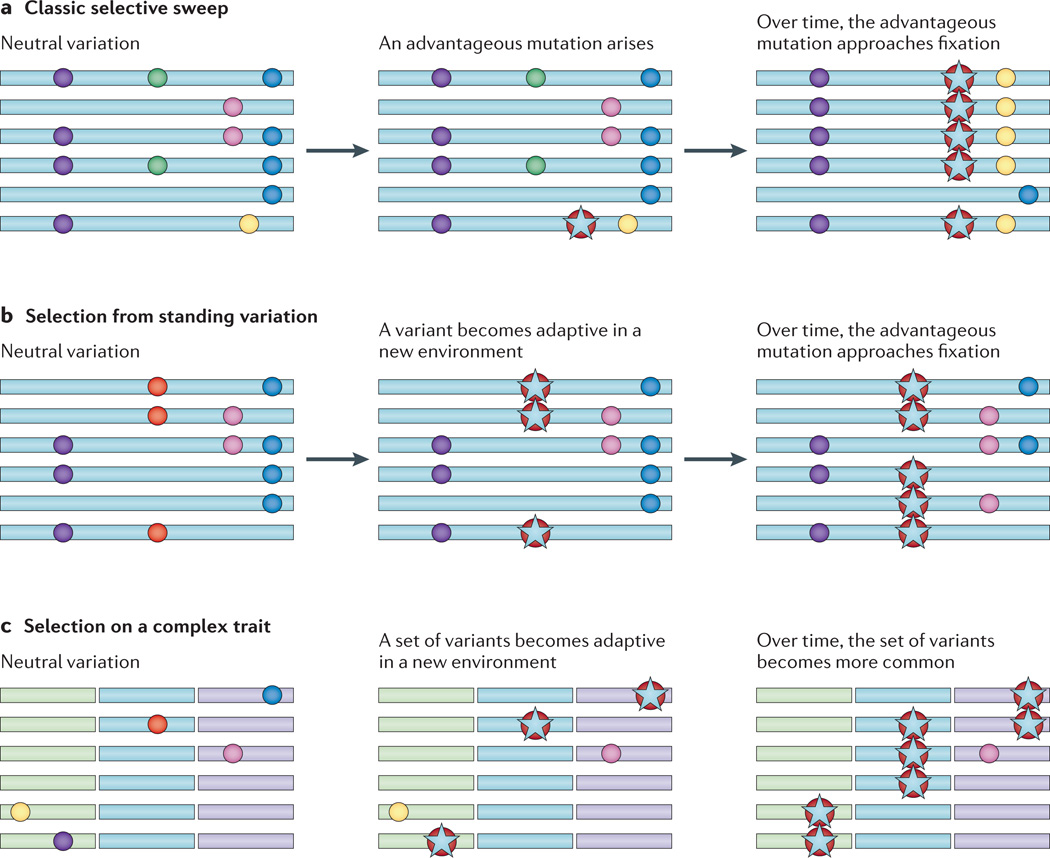Figure 1. Genetic signatures of positive selection.
Each panel depicts changes in variant frequencies over time. Variants are shown as circles on the oblong chromosomes, and advantageous variants are represented with a star. a | A classic selective sweep, in which a novel adaptive variant arises in a population and increases in frequency over time until it approaches fixation, leaving an excess of linkage disequilibrium with surrounding variants and a decrease in levels of genetic variation. b | Selection from standing variation, in which a variant that is already present in the population becomes advantageous in a new environment and increases in frequency over time until it approaches fixation. Because the variant exists on different haplotype backgrounds, it cannot be easily detected using tests of extended haplotype homozygosity. However, when this happens in a regionally restricted manner, there is a resultant excess of allele frequency differentiation in the population being subjected to adaptive pressures, relative to a population for which the variant does not confer a selective advantage. c | Selection on a complex trait involving multiple loci on different chromosomes (represented by oblongs in different colours); when this trait becomes advantageous, it increases in frequency as a set, leaving a more subtle signature of adaptation which may include subtle shifts in allele frequencies at multiple loci.

